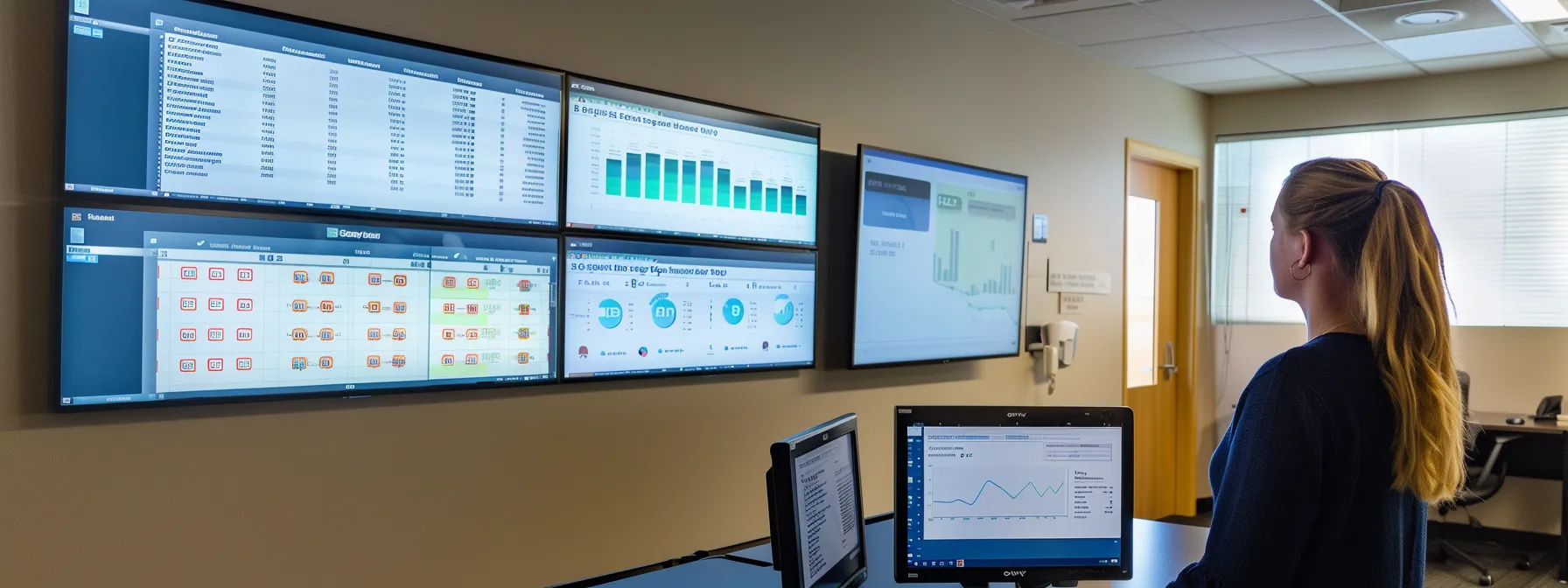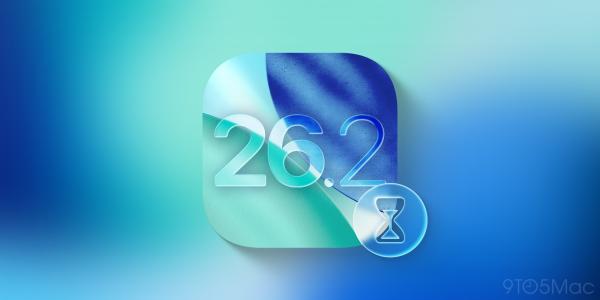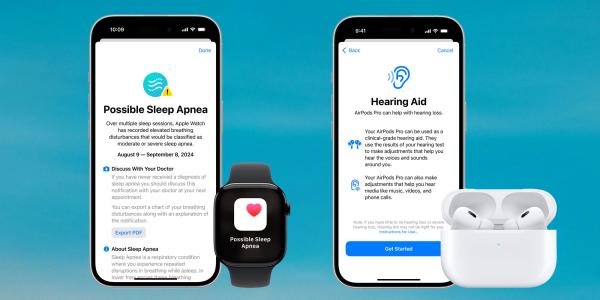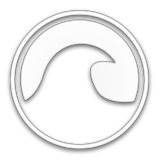Competitive procurement processes can often be laden with complexity and administrative overhead. In recent years, however, automated RFP software has emerged as a transformative tool within the procurement industry. By leveraging automation, organizations are able to streamline their procurement processes, improve decision-making, and optimize vendor selection. These technologies not only facilitate better outcomes but also promote efficiency and cost-effectiveness. Keep reading to understand how programmatic RFP tools are revolutionizing procurement.
The Role of Automated RFP Software in Modern Procurement Processes

Automated RFP software has become an integral component in the procurement operations of modern businesses. A major advantage is the time saved in creating and disseminating RFPs, which traditionally would require hours of manual effort. The software can quickly draft comprehensive documents, tailored to the specific needs of an organization.
These advanced systems also offer the ability to store and reuse templates for future procurement cycles, thereby establishing a standardized approach to issuing RFPs. Consistency and adherence to company policies are effortlessly maintained, ensuring that procurement staff can focus on strategic decision-making rather than administrative tasks.
True automated RFP solutions facilitate better communication between stakeholders by providing centralized platforms through which information can be shared and updated in real-time. This aspect significantly reduces errors and miscommunications, which are common to manual processes.
Streamlining Vendor Selection and Management through Automation
Vendor selection can be one of the most challenging aspects of procurement. Automated RFP software simplifies this by providing platforms that efficiently manage vendor information, track histories, and evaluate key performance indicators (KPIs). This can be instrumental in reducing the risk of choosing a poor-performing supplier.
Additionally, maintaining a database of potential vendors within the software allows procurement professionals to quickly source bids from a diverse pool of suppliers. This not only drives competition but also encourages suppliers to put forward their best proposals, benefiting the purchasing organization.
A noteworthy advantage of automated RFP solutions is their ability to facilitate more effective negotiation and collaboration. Through real-time updates and transparent communication channels, stakeholders can align on objectives and expectations throughout the RFP process.
Measuring the Impact of Automation on Procurement Cost Savings
Cost savings are a principal target of any procurement department, and the use of automated RFP software directly contributes to this goal. By sharply reducing administrative time and resources, companies can recoup substantial savings, indirectly boosting their bottom line.
Through the deployment of advanced analytics, procurement professionals can evaluate cost trends and identify saving opportunities that may have been previously overlooked in manual processes. This can lead to more informed and strategic purchasing decisions.
The ability to quickly solicit and assess multiple proposals allows for competitive pricing, which is essential in achieving significant cost reductions. Automation ensures that this can be done efficiently, systematically, and with less personnel, thus cutting down on operational costs.
Navigating Compliance and Risk Management With Advanced RFP Solutions

Another critical area where automated RFP tools prove invaluable is compliance and risk management. By enforcing predefined rules and processes, these systems ensure that all RFPs are compliant with applicable laws and regulations, greatly mitigating the risk of non-compliance penalties.
The software can be configured to match business governance and regulatory frameworks, making it an ally in navigating the ever-changing landscape of compliance. Alerts can be set up for regulatory updates, prompting timely revisions to procurement practices where necessary.
Overall, the adoption of automated RFP software in procurement provides significant advantages in terms of efficiency, accuracy, and strategic benefit. As organizations continue to face pressure to optimize their operations and find cost savings, these innovative tools prove to be indispensable allies in navigating the complex procurement landscape and fostering sustainable business growth.

















